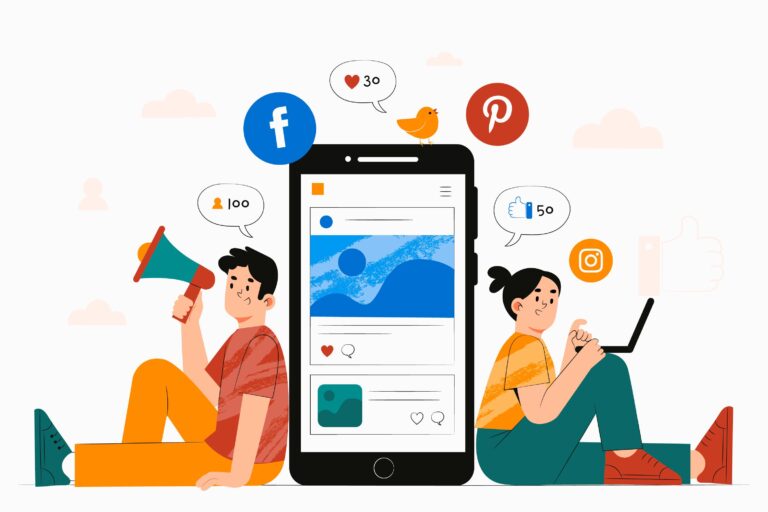After a long day at the office, we’ve all felt that need to sit back, kick off our shoes, and watch our favorite TV series. Or so we think. How long into an episode does it take before you pull out your phone to send out a tweet or to check Facebook? Or maybe you might pull out your tablet to look up the actor you just saw, new TV series, or check email. This phenomenon, of consuming content on a primary device (a television) while simultaneously accessing contextual information on a second device (smartphone or tablet) is termed the “Second Screen”, and it’s something that has become increasingly popular. Do you use a second screen while watching tv? While second screen use can refer to video gaming as well, it’s most commonly associated with the use of televisions. It’s just something we do now, especially with the easy availability of devices and the abundance of content available online. If you are watching sports on the television, you will find it really easy to check player information, stats and leaderboards in real time online. You will also be interacting with friends and followers on Facebook or Twitter, sending messages and posts back and forth about the match you are watching. It’s an amazing level of integration and interaction between what you are watching, what you are accessing on demand, and who you share the experience with. Second screening is taking our consumption of entertainment content to a whole different level. In this case, however, the consumer is several steps ahead of the content producer in sophistication. How often do you share your experience on social media whilst watching tv? A Nielsen report in 2012 says that 84 percent of mobile owners use their tablet or smartphone while watching TV at least once […]










